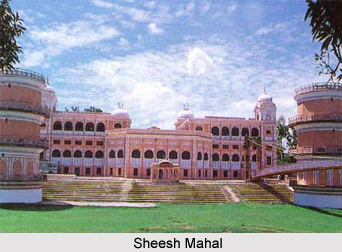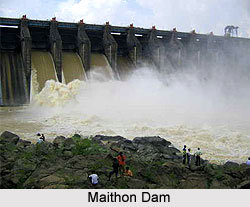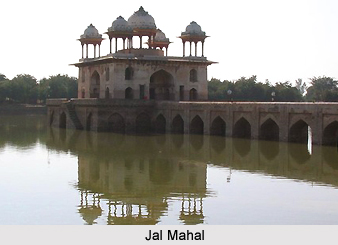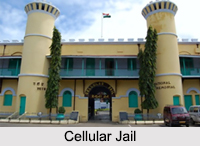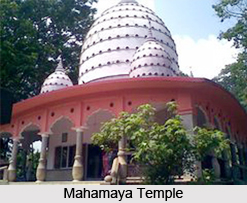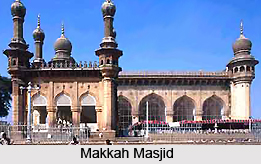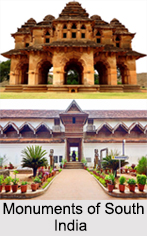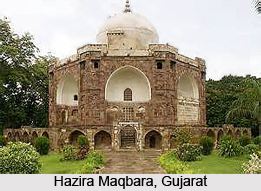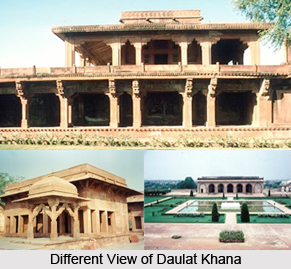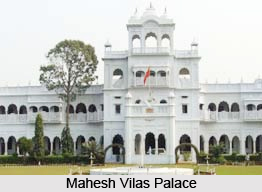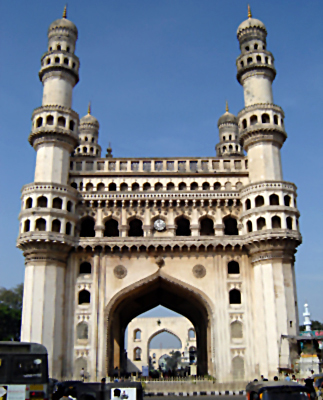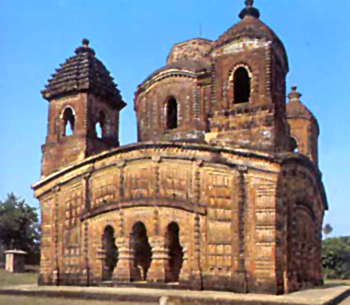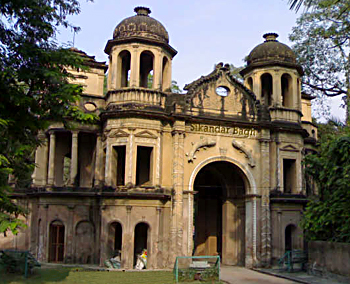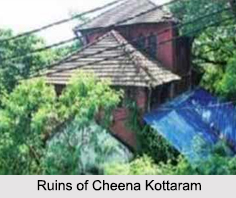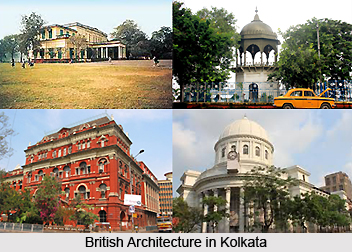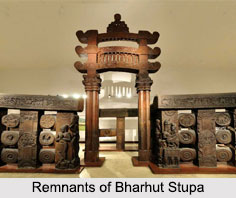Chhatri of Hamid al-din Khui is a small dome-shaped pavilion over the burial spot of Hamid al-din Khui, a Suhrawardi spiritual leader of Nagaur and follower of Maulana Ahmad.
Structure of Chhatri of Hamid al-din Khui
A "chhatri" is typically a cenotaph, an elevated dome-shaped pavilion. The shape of a dome resembles that of an umbrella or canopy, referred to as "chhatri" in Hindi, hence the name. They are an essential element of Hindu and Mughal architecture, widely used in forts, palaces or to demarcate funeral sites. These originated in the Rajasthani architecture, and were constructed as memorials of kings and royals. They were raised on the cremations of affluent or distinguished people in Rajasthan"s Shekhawati region, as a simple dome raised and held by four pillars to a building with many domes, several rooms and a basement.
Chhatri of Hamid al-din Khui elevates almost 2.80 metres up to a small dome supported by columns and lintels made of sandstone. The dome is made of rubble stone and is plastered all over. The monument stands on a platform of about 0.45 metres above the current ground level. The columns are square-shaped measuring 22 centimetres, resembling the 15th century columns of Nagaur having a square base and the top having an octagonal shape. The base as well as the brackets is adorned with beautiful carvings. However, the columns and lintels have been kept plain and simple.
There are two graves beneath the platform and one of them is believed to be of Hamid al-din Khui. Though there is no specific date assigned for the construction of the monument, its style and architectural patters dates it back to the period of the Shams Khan Dynasty. Several restoration works have been carried out on the cenotaph. Four arches were added to three sides of the chhatri during late or post Mughal period. The monument had been repaired again when the parapet around the dome and some other original features were covered with plaster.
